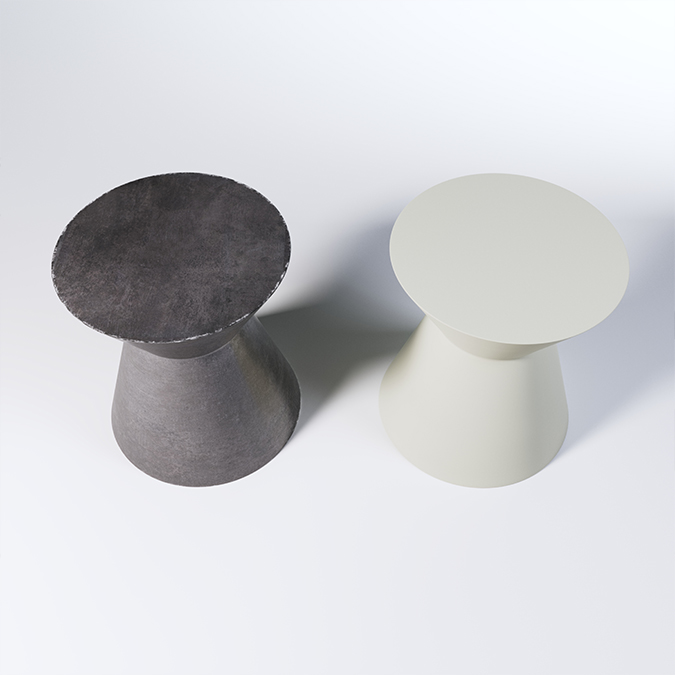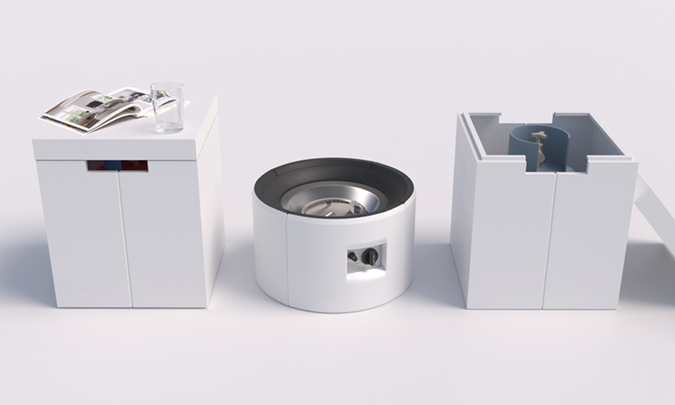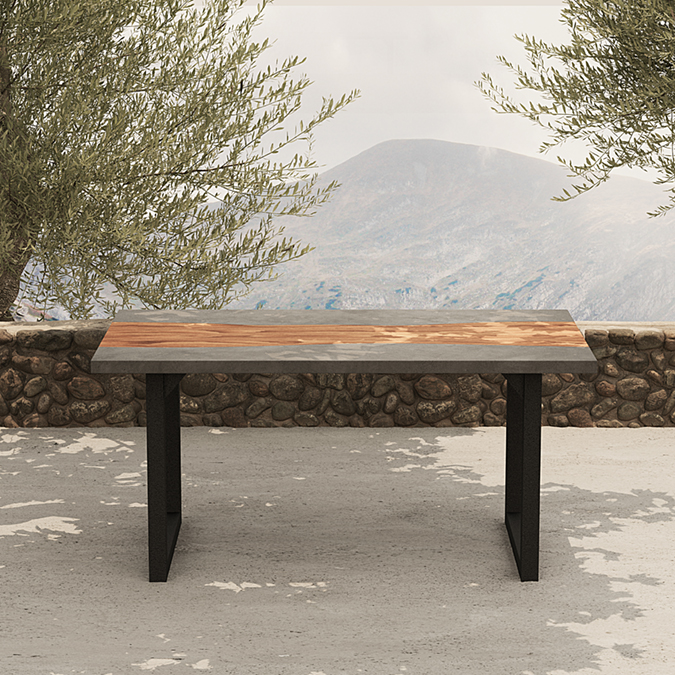In today’s rapidly evolving technological landscape, the integration of smart features into everyday objects is becoming increasingly common. Furniture, which has long been a staple of interior design, is now being reimagined through the lens of smart technology. Glass Fiber Reinforced Concrete (GRC), with its unique properties and versatility, is emerging as a preferred material for creating furniture that not only looks beautiful but also seamlessly integrates with modern lifestyles by incorporating smart functionalities. This article delves into how GRC furniture combines with intelligent design to enhance both aesthetics and utility.
Enhancing Aesthetic Appeal with Smart Features
The beauty of GRC lies in its ability to mimic the appearance of natural stone, wood, or metal while being lighter and more durable. When paired with smart technology, GRC furniture transcends traditional design boundaries. For example, integrating LED lighting into GRC tables or cabinets not only adds a decorative element but also serves a functional purpose by providing ambient or task lighting. The seamless integration of these technologies within the material itself ensures that the furniture retains its sleek and clean lines, contributing to a harmonious blend of form and function.
Functional Adaptability through Smart Design
One of the key benefits of GRC in smart furniture design is its adaptability. With the ability to mold GRC into complex shapes, designers can incorporate interactive elements like touch-sensitive surfaces or hidden compartments that respond to user commands. This adaptability allows for the creation of multifunctional pieces that cater to diverse needs, such as a coffee table that doubles as a charging station for mobile devices or a sofa that adjusts its heating based on the room’s temperature.
Sustainability and Energy Efficiency
Smart GRC furniture can also contribute to sustainability and energy efficiency. By embedding sensors and controls, furniture can become part of a larger smart home ecosystem, automatically adjusting settings based on occupancy and environmental conditions. For instance, GRC chairs or loungers could include built-in heating pads that activate when someone sits down, conserving energy when not in use. Additionally, GRC’s inherent strength and durability mean that furniture made from this material requires less maintenance and has a longer lifespan, further reducing its environmental impact.
Seamless Integration with Modern Living
The marriage of GRC and smart technology is particularly relevant in the context of today’s connected homes. With the rise of the Internet of Things (IoT), everyday objects are becoming nodes in a network that enhances convenience and comfort. GRC furniture can support this trend by serving as platforms for smart devices, such as speakers, air purifiers, or even small appliances. By embedding these functionalities within the furniture itself, clutter is reduced, and the living space becomes more organized and aesthetically pleasing.
Conclusion
As technology continues to advance, the line between furniture and technology is blurring. GRC furniture, with its combination of aesthetic appeal and functional adaptability, is poised to lead the way in this convergence. By leveraging the strengths of GRC—such as its formability, durability, and ability to integrate smart features—designers can create furniture that not only complements contemporary interiors but also enriches daily life. The future of furniture design is smart, sustainable, and stylish, and GRC is at the forefront of this exciting evolution.
Post time: Sep-11-2024



